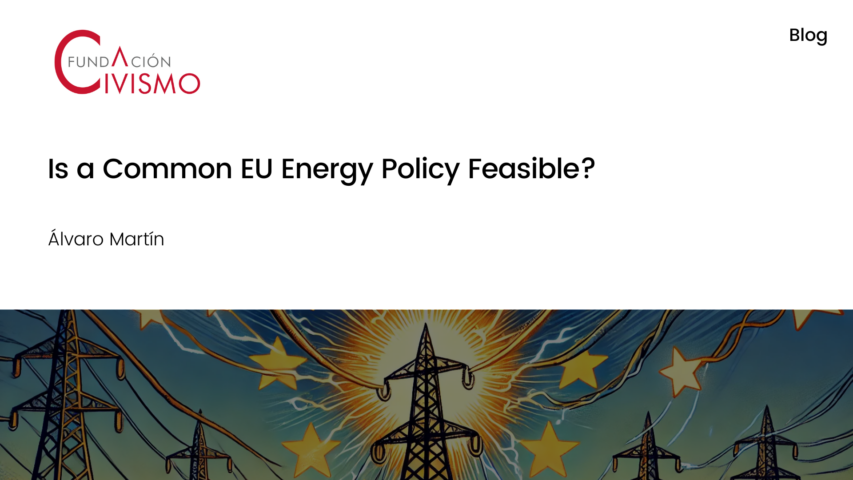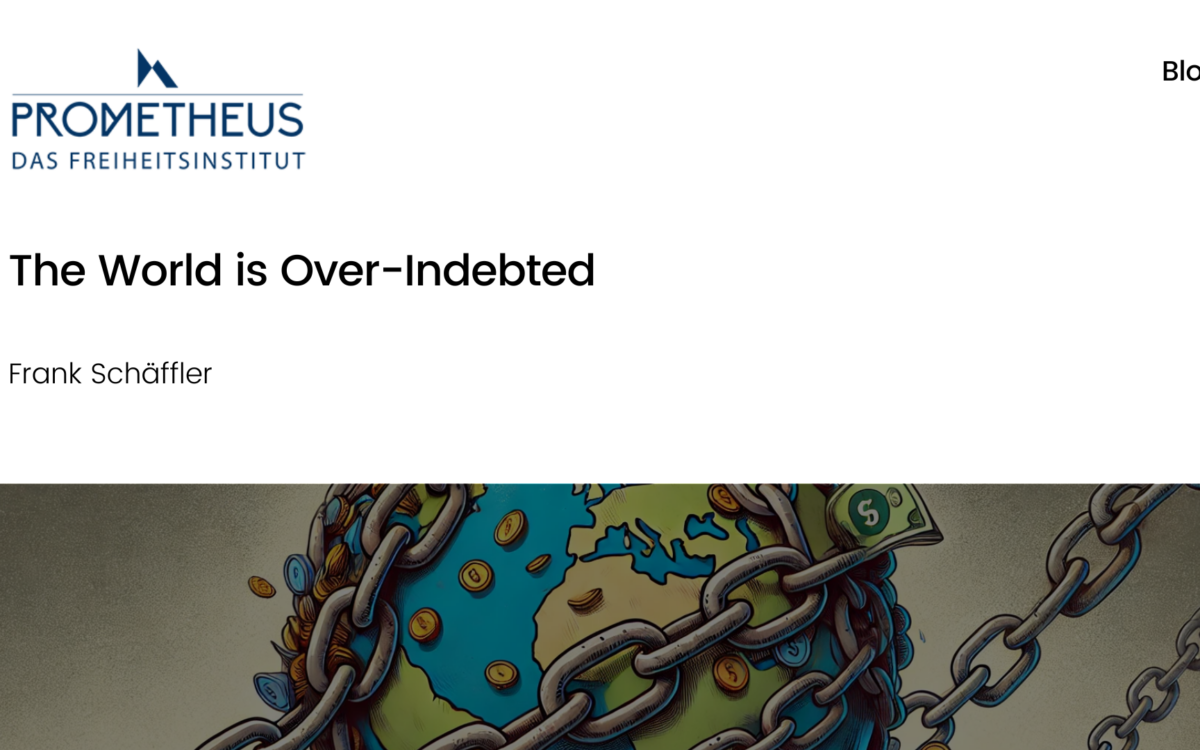Is a Common EU Energy Policy Feasible?

Is a Common EU Energy Policy Feasible?
Alvaro Martin // 21 June 2022
After the Russian invasion of Ukraine began on 24 February 2022, questions about energy independence in the EU and the various ways this could be achieved re-emerged. The subsequent war in Ukraine and the sanctions imposed by European countries on the Russian Federation have shown the world that many EU countries are heavily dependent on the energy they buy from Russia. Such dependency on a hostile country like Russia poses an enormous risk to European citizens, as has been demonstrated by the threats Putin has made over recent months.
It is true that energy policy has never been the EU’s strong point. This failure emanates from its striking failure to construct and develop a common energy market at the European level, which could facilitate the supply of gas and oil to all member states while reducing the cost of both oil and gas. In fact, by creating a single energy market at the EU level, EU institutions would have been able to act independently. Additionally, it would have mitigated many of the economic consequences that European citizens now face in the current geopolitical configuration. We need to recognize that the EU’s energy future and the consolidation of its plans depend upon how it accesses substitutes to its reliance on Russian gas and the ultimate cessation of its importation.
European institutions are aware that its citizens are thinking about these factors and last month they published a report that attempted to shed light on some of these issues. This report is entitled REPowerEU. It states that the basis of EU energy policies must rest on making the EU independent in terms of energy supplies without abandoning the EU’s existing ambitious plan to decarbonize the European economy. The plan stipulates that energy efficiency must be increased and carbon intensity reduced in production across all sectors in Europe. To achieve this, Brussels proposes to increase the goal for the portion of renewable energy in energy consumption make up by raising it from the 40 per cent already established for 2030 to 45 per cent. This is not wishful thinking. Brussels has already amply achieved its own objectives for 2020 on renewable energy and energy efficiency.
Energy efficiency is not the be all and end all in this matter. The reliability of energy supplies and eliminating the reliance of member states on energy sources from hostile countries are also essential. To address this, the EU proposes an energy policy that guarantees both unity and independence. This would consist of expanding domestic energy production, greater strength and the reliability of future external energy sources. It also emphasizes the necessity to enhance and expand infrastructure-related transport systems for distributing primary energy materials.
This will not be an easy task as there are many conflicts of interest between southern and central member states, as well as Baltic nations on this matter. This being the case, the most effective way forward, as the European Commission notes, is to design a framework of incentives (principally through rates, taxes and transfers) that promotes both independence and unity on the energy resource front. This framework would aim to reduce energy consumption, increase European energy production and expand the concentration of logistics within EU borders. In other words, it should design a strategic common energy policy.
In this respect, the EU poorest states are at an economic disadvantage. The costs of erecting the necessary infrastructure to develop their energy independence in the medium term would rise to hundreds of billions of euros. Whereas, the European Commission’s plan proposes a more moderate plan, costing 300,000 million euros. Most of which will be in the form of loans from the Recovery and Resilience Fund, to fund these projects. This funding would be assigned to those member states that request it, which would include financially weak countries such as Spain and Italy.
While it is true that European loans to members states cost less than market rates they still constitute an increase in public debt, especially in countries that are already burdened with high levels of debt. This fact may discourage such countries from soliciting this financial support. Therefore, real growth to infrastructure and common energy markets at a European level would have to be financed in the medium term with a new plan that is independent of the European recovery funds. In addition, it would need to be executed through joint spending rather than with loans from the European Commission.
Even if this could be achieved, realizing this objective would be difficult. One obstacle that would create significant intra-EU political tension would be the fundraising mechanism needed to raise the extraordinary capital required to carry out this common energy policy plan. The institutional position that the EU has taken here is to suggest that the total volume of carbon credits in the market should be reduced faster, after which they would increase their prices and consequently the levy. This does not seem a sound strategy, least of all during a moment of elevated energy prices. Certainly, we cannot forget that all member states would have to endorse such a policy and it is likely that very few would do so.
Despite all the difficulties in designing and implementing a common energy policy at a European level, the war in Ukraine has clearly demonstrated the weakness of the existing European energy infrastructure. It has also shown that some dependent relationships, like that of Germany on Russia for gas, only contribute to the weakening of the Union. For this reason, European institutions must propose a common energy policy plan that would be economically and politically feasible during its implementation period.
The original article was published on Civismo’s blog and has been translated by Chloe Rispin.
EPICENTER publications and contributions from our member think tanks are designed to promote the discussion of economic issues and the role of markets in solving economic and social problems. As with all EPICENTER publications, the views expressed here are those of the author and not EPICENTER or its member think tanks (which have no corporate view).



